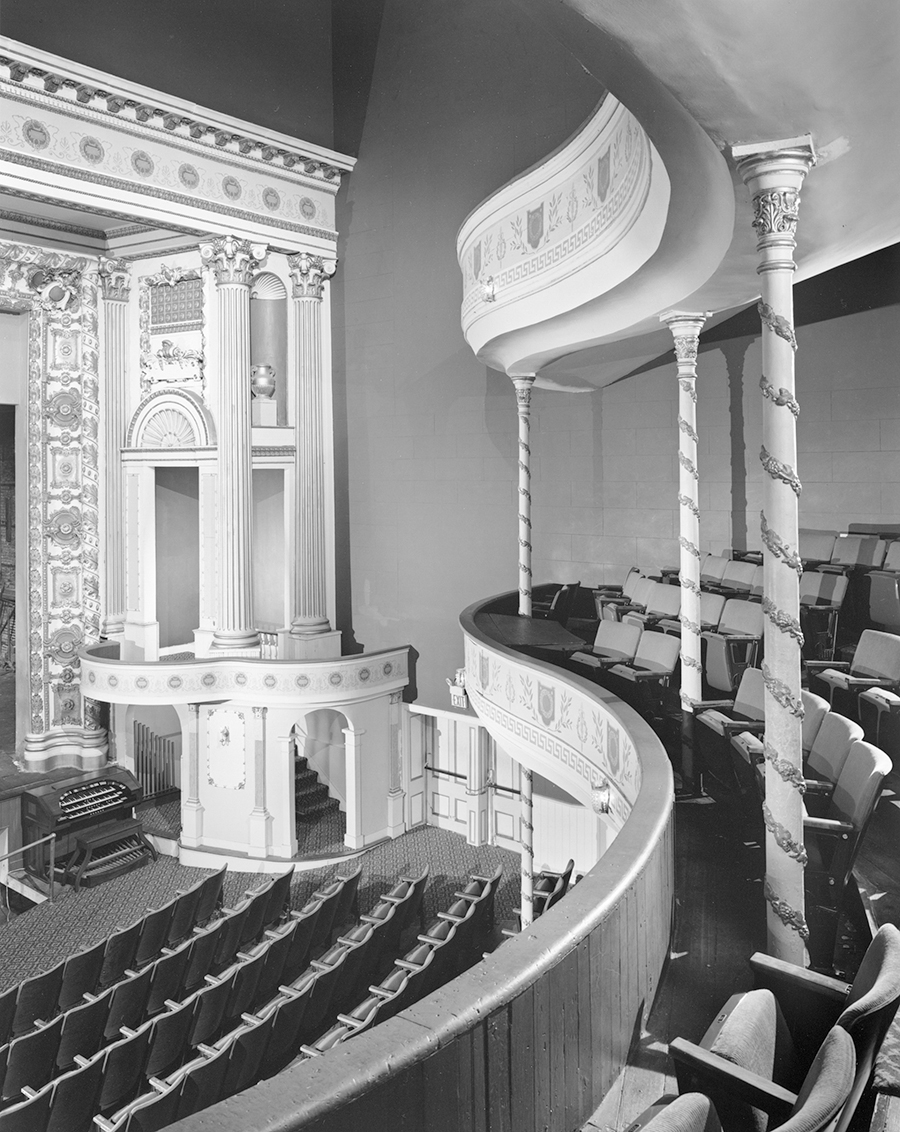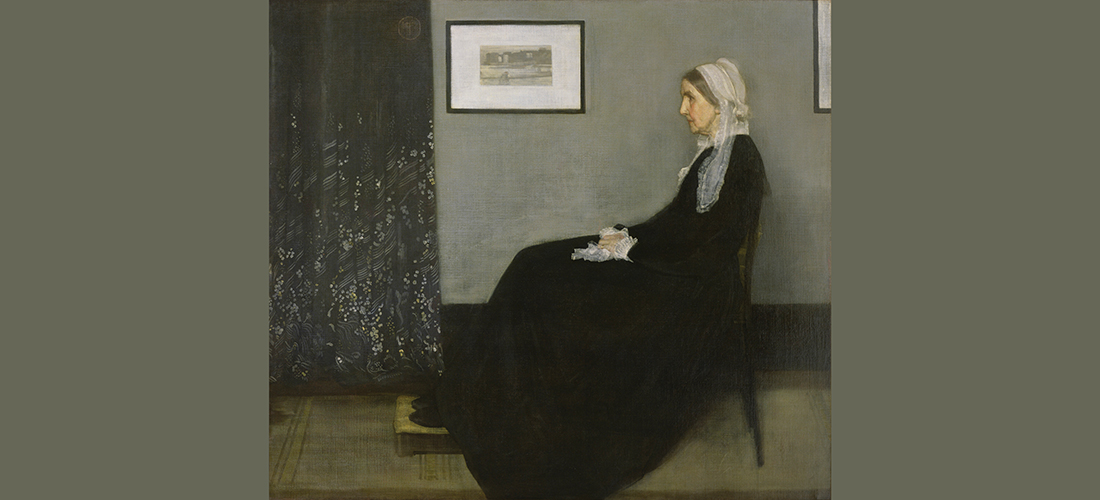Changing Courses
Catherine Bishir has altered the narrative arc of North Carolina’s cultural heritage — with unflinching facts and impeccable prose
By J. Michael Welton
Architect Philip Johnson once challenged modernist orthodoxy when he famously told his students that they “cannot not know history.” During her near 50-year career as an architectural historian, a fearless Catherine Bishir has used the same maxim to challenge North Carolina’s prevailing cultural precepts. She’s done it with well-researched, highly potent analyses of race, power and anthropology — and revealed it all through a finely tuned architectural lens. And she’s done it with a highly readable writing style. “Her publications are second to none, and her effort is incredible,” says Michelle Michael, senior planner of historic preservation for the town of Wake Forest. “She is the best — the premier architectural historian in the state at this point. All her books are great.”
Bishir’s start was a modest one. In 1971, armed with degrees in English from the University of Kentucky and Duke, she applied for a part-time job as an architectural survey assistant with the State of North Carolina. Congress had passed the National Historic Preservation Act in 1965, creating the National Register of Historic Places. So North Carolina’s State Historic Preservation office was looking for someone with good writing skills and a working knowledge of architecture. Luckily, Bishir had studied art history in school. “They showed me the three orders of classical columns, and I knew what they were, so that was good,” she says.
An offer ensued — but there was travel involved. With a young daughter at home, Bishir turned it down. “Then they called me and said they had an opening for an editor of National Register nominations with the North Carolina Office of Archives and History,” she says. Bishir accepted. It would prove to be a fork in her professional road — a turn away from her family’s legacy of teaching English, and into the burgeoning field of architectural history. It was also a step that would not only alter her career path, but eventually place North Carolina in a leadership role on the national stage.
It began quietly enough. “I was writing the National Register nominations and got to know the lingo and learned how to do new stuff,” she says. “I probably did dozens — and after two years, I was promoted to head of the survey/planning branch.” All the while, she shared her knowledge of language with others in the department.
“She was hired by H. G. Jones for the National Register to help people be more literate — to write better,” says David Perry, former editor-in-chief of the University of North Carolina Press. “As she became part of that process, she also developed the knowledge of what she was doing and writing about.”
Later, she was out in the field on a regular basis, researching and documenting some of the most important properties in North Carolina. Eventually the traditionally held narrative about the social, cultural and architectural history of North Carolina would change — and she would play a major role.
From 1971 to 2001, Bishir served in a number of capacities in the Survey and Planning Branch of the Historic Preservation Office of the Division of Archives and History. There, she was mentored by some of the best in the profession. “Jack Zehmer taught me how to do the stuff, and Dr. Jones was also encouraging,” she says. “Both saw that I was very interested and teachable — and they gave me that wonderful thing that people can give: the opportunity to expand your professional competence.”
She taught at N.C. State — mentoring the next generation of architectural historians in classes about North Carolina architecture as well as vernacular architecture. It’s a topic that’s near and dear to her heart, as one of her first published articles, in a 1977 issue of the North Carolina Historical Review, indicated.
“There’s her piece about the unpainted aristocracy of old Nags Head, built by S. J. Twine — they’re the finest houses in North Carolina,” says architect Frank Harmon. “It’s about these buildings that are so well-crafted and attuned to their place on the coast that they should prove as a role model for how we build now.”
That was followed by a pair of groundbreaking articles. First came her 1984 piece in the Review called “Black Builders in Antebellum North Carolina.” It was a new look at an unexamined topic, one that revealed some of the social implications of what North Carolina’s early buildings stood for. It was about relationships as much as it was about buildings.
“It referenced the kind of tensions exhibited between white mechanics and slave laborers,” says Jeff Crow, former deputy secretary of the North Carolina Office of Archives and History. “In Wilmington, the white mechanics vandalized buildings erected by slave laborers — they put them on notice that they didn’t appreciate their skills and threatened their livelihood.”
But the real earth-shaker came in 1993 with the publication of “Landmarks of Power: Building a Southern Past” in the premier edition of Southern Cultures published initially by Duke University and for the last several years by UNC Press.
“She was one of the first to uncover the hypocrisy of the Confederate monuments,” says Harmon about her article, which was a big step forward for both the author and her topic.
“It was important because it was about placing Civil War monuments within the context of political leaders of the time, and the idea of looking to the Confederacy as something to be honored with some admiration,” says Robert Anthony, curator of the North Carolina Collection at the Wilson Special Collections Library at UNC-Chapel Hill.
The topic has proved enormously enduring and as relevant today — considering the recent toppling of Confederate statues in Durham and Chapel Hill — as when Bishir’s article was published more than two decades ago. “The monuments were there to proclaim white supremacy, while the ruling elite in charge would not give up power, even after Reconstruction,” says Crow. “She had a particularly good eye for those kinds of things — she did intense research for them.”
In the mid-1980s, Bishir served on AIA North Carolina’s Historic Resources Committee with Myrick Howard, president of Preservation North Carolina. PNC had been founded in 1939 after the publication of Early Homes and Gardens, a book for the Garden Club of North Carolina. The organization’s 50th anniversary was coming up in 1989, which wasn’t lost on Howard or Bishir. “We thought: ‘Wouldn’t it be great to do a book?’” Howard says. “PNC raised $250,000 for Catherine’s time, the photography and the book’s publication.”
With images by Charlotte photographer Tim Buchman, North Carolina Architecture was published in 1990 by UNC Press. It was an instant hit. “That book was a landmark for PNC — it’s the go-to source for historic buildings in North Carolina,” Howard says. “It raised a lot of interest in heritage, with educational materials, a TV show called ‘Passion for Place’ and three more videos.”
North Carolina Architecture soon took on a life of its own, first favorably reviewed by The New York Times Book Review, then as a source for a statewide photographic show of Buchman’s images that landed at the National Building Museum in Washington, D.C. “For 10 years, it had all kinds of spin-offs,” Howard says.

Its oversize first edition was referred to as “The Big Book.” It would stay in print in various formats — hardcover and paperback, large and small sizes — for about a quarter of a century, selling about 10,000 copies. It’s definitive and encyclopedic, with an intellectual heft that’s uncommon in most popular architecture books today.
Typical of Bishir’s work, the book is known not just for its architectural and monumental accomplishments, but also for its social dimensions. “There’s an attention to detail not only in terms of traditional builders, but nuances for racial relations and the nature of family she became adept at getting that right,” says James Clark, president of the North Caroliniana Society, which recently honored Bishir for her contributions to the state’s architectural history. “She grew up in a family where that kind of milieu was important — she gave buildings the personality of people, and vice-versa.”
For example, there’s the concept of manipulative marketing in a post–Civil War railroad maintenance man’s house — as sophisticated architecturally as the antebellum plantation homes that had fallen into disrepair. “It was an advertisement, and Catherine understood that,” Clark says.
In essence, hers is a book that took advantage of the first 20 years of National Register work in North Carolina — with Bishir pulling it all together as a thoughtful tome on the state’s built heritage, in just three years. “By the time that got started, I knew right much about North Carolina architecture,” she says. “If I had started from scratch, I wouldn’t have known how to do it.”
North Carolina Architecture is a coffee-table book, to be sure. But unlike most, its cover isn’t graced by the grandeur of the State Capitol in Raleigh, Biltmore House in Asheville or Tryon Palace in New Bern. Instead, it shows a simple staircase in an antebellum house. Its pages are not filled with landmark buildings, but with the far more common mills, churches, log homes, factories, farmhouses and tobacco barns. And for good reason: “If you only study and value the palaces here, you’ll run our pretty soon,” says Bishir.
Bishir, a founding member and past president of the Vernacular Architecture Forum, would co-author a series of other books during the 1990s and early 2000s, including Architects and Builders in North Carolina: A History of the Practice of Building with Charlotte Brown, Carl Lounsbury and Ernest Wood in 1990. Then came a three-volume series of architecture guidebooks with Michael Southern — A Guide to the Historic Architecture of Eastern North Carolina in 1996; A Guide to the Historic Architecture of Western North Carolina in 1999, with Jennifer Martin; and A Guide to the Historic Architecture of Piedmont North Carolina in 2003. These guidebooks are indispensable for the architectural historians trained by Bishir, like Michelle Michael in Wake Forest. “I’ve got multiple copies, because I’ve worn them out,” she says.
But it’s Bishir’s more recent, follow-up book on black workers — Crafting Lives: African American Artisans in New Bern, North Carolina, 1790-1900 — from 2013 that Michael treasures just as much. “It’s immeasurably valuable – it sheds light on African-American life that’s really important,” she says. Funded by Tryon Palace and also published by UNC Press, Crafting Lives is evidence-based rather than stereotypical, and documents the lives of masons, cobblers, blacksmiths, dress makers and seamstresses, many of whom could read and write, even as slaves.
“What I like is that people in New Bern like it, black and white,” Bishir says. “It got good reviews and it feels good to find that the community will learn about the lives of people who seldom appear in history books.”
After retiring from the State Historic Preservation office, Bishir worked at PNC as a senior architectural historian from 2002 to 2008. Today, she’s gone digital at N.C. State, as curator in its architectural collections in the special collections research center. There, she’s hard at work on an online collection called North Carolina Architects and Builders: A Biographical Dictionary.
“It’s been a completely serendipitous experience — I’d started working on a book about it and after a little while I complained to my husband about it,” she says. “He suggested I do it on the web somehow, and I talked to the folks at the library and it evolved that they wanted an experimental digital publication. Susan Nutter was director of the library and gave me the job of doing it. It includes builders and architects from the late 1700s up to the modern day.”
“It’s a terrific resource — every time I turn around, she’s adding more,” PNC’s Howard says. “She’s still the motivating force behind it.”
If Bishir’s published books and journal articles are any indication, surely her online architectural entries are composed of well-written sentences that yield meaningful short stories. You’d expect no less from someone who hails from a literary family, relishes the English language, and isn’t afraid to alter the narrative arc of history.
Catherine Bishir will be a featured speaker at Preservation North Carolina’s annual conference in Wrightsville Beach on March 21. For more information: presnc.org/experience/events.
J. Michael Welton writes about architecture, art and design for national and international publications, and edits a digital design magazine at www.architectsandartisans.com. He is the architecture critic for the News & Observer in Raleigh and author of Drawing from Practice: Architects and the Meaning of Freehand (Routledge: 2015). He can be reached at [email protected].


